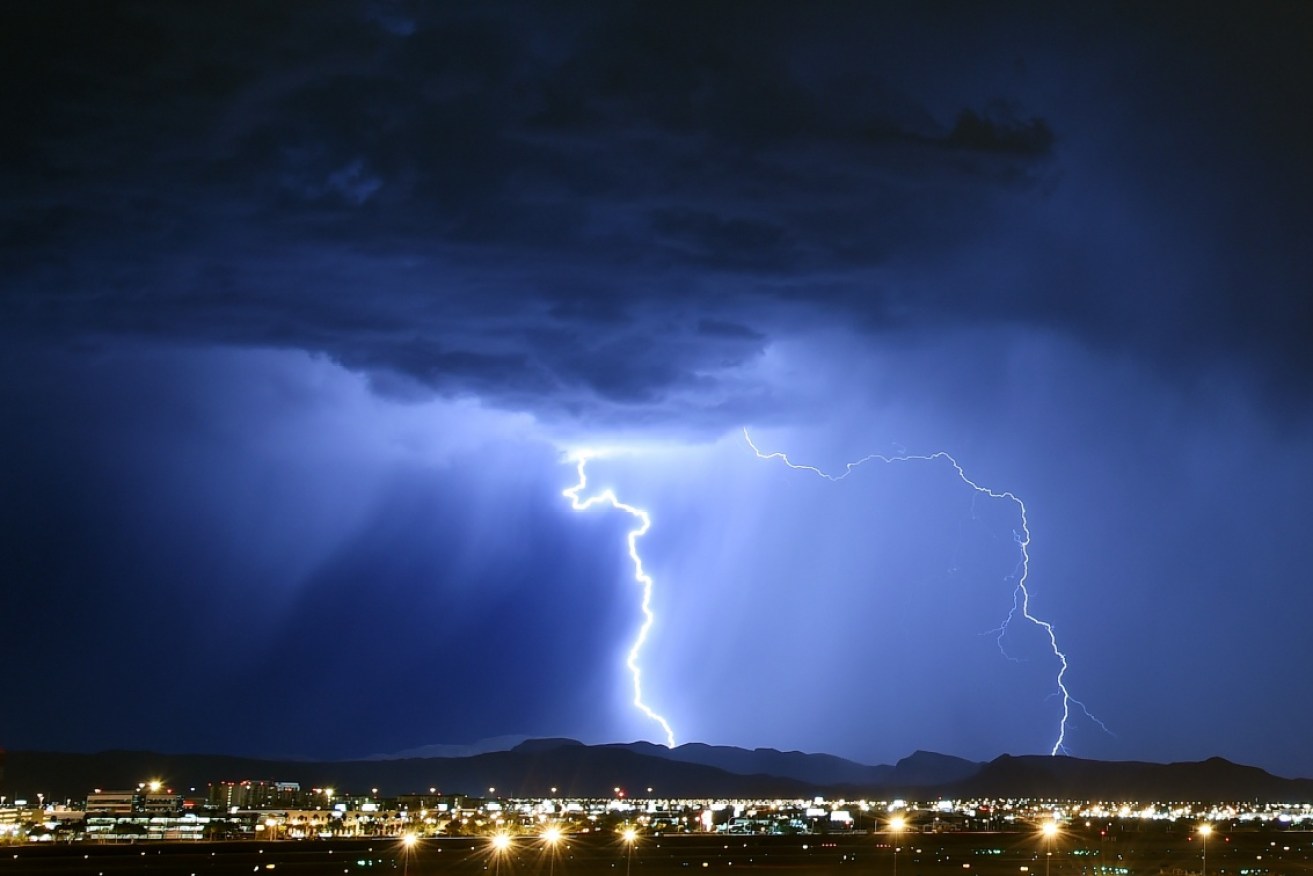Thunderstorm asthma: Victorian emergency chiefs did not understand crisis, review finds

A sudden thunderstorm asthma event killed 10 people in Melbourne in 2016. Photo: Getty
Few public health alerts were issued during Melbourne’s deadly thunderstorm asthma outbreak last year because emergency chiefs did not understand the cause of the crisis, a review has found.

Emergency services dealt with 2,036 cases during the thunderstorm asthma outbreak. Photo: ABC
The rare phenomenon was triggered by a severe storm that swept through the city on November 21 last year, carrying pollen particles that crippled people with asthma attacks and breathing problems.
The asthma epidemic has been linked to the deaths of nine people, but the inspector-general for emergency management, Tony Pearce, concluded more lives could have been lost if the triple-0 service, paramedics and hospitals had not acted so swiftly.
“It was almost an exceptional response based on the fact that nobody really understood what they were responding to,” he said.
“It is tragic, nine people have passed away as a result of this, but were it not for the way in which the agencies worked together and the system responded on the night, I think that figure could have been a lot higher.”
The report found the rapid onset and scale of the emergency was unexpected and unprecedented.
“It is important to note that at the time of the event occurring, there was no formal/approved system for predicting and/or warning that the storms and non-meteorological factors could create a public health emergency,” the report said.
Triple-0 call-takers answered almost four times the number of calls they took during the Black Saturday bushfires and paramedics dealt with 2036 cases.
Thunderstorm effects ‘not fully understood’
While the inspector-general commended the “remarkable” job done by stretched emergency call-takers, paramedics and hospitals, he found limited communication and information sharing meant agencies did not have a proper understanding of the situation.
Emergency response plans were not “fully activated” and formal incident management arrangements were not in place, which “hampered the overall response to the event including the timely development and distribution of appropriate messaging to the community”.
The inspector-general found little public information, emergency warnings or health advice were issued on the night, as a “direct result of the initial impacts not being fully understood nor broadly shared and considered; and incident management arrangements not being formally activated”.
“It’s difficult to warn people about something when you don’t understand what it is that’s causing it,” Mr Pearce said.
The Victorian government has pledged to overhaul the way the health department manages emergencies.
It will also spend $700,000 on research to better understand and predict the phenomenon of thunderstorm asthma and $300,000 to expand the state’s pollen monitoring network.
A final report is due in April.

Storm clouds over Point Cook in Melbourne’s west on November 21 last year. Photo: ABC
-ABC








